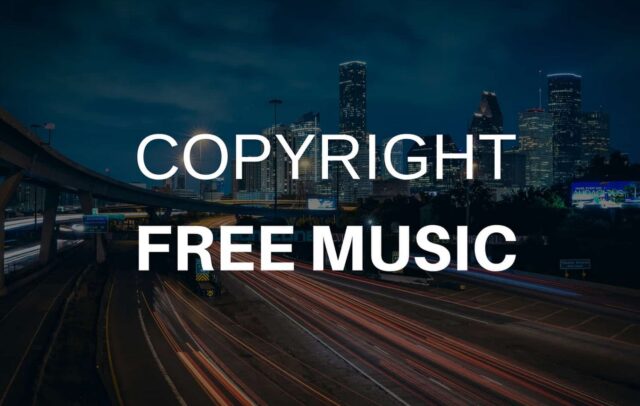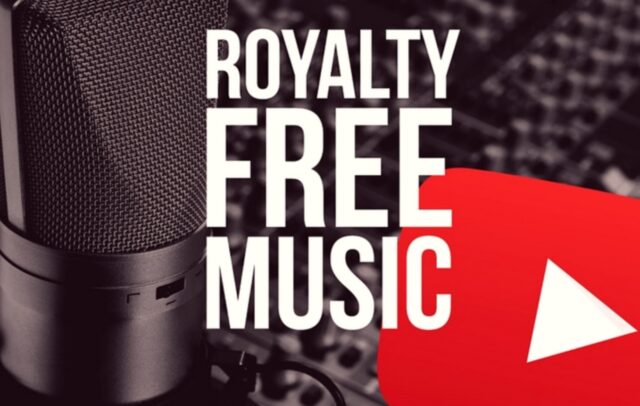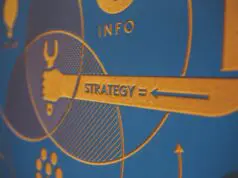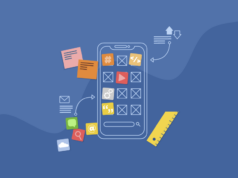
First thing first, let’s talk about what in the hell is royalty-free music. This is music that holds no licensing fees. If you find the music you like, and it’s advertised as royalty-free, it means that there’s no need for you to pay the licensing fee to the Performance Rights Organizations.
The PRO is in charge of negotiating those same fees. The music which is deemed ‘free’ is not precisely that; it only refers to the music the PRO gave you the rights to use once you have paid the fee. The reason why it is considered as almost free is that you need to pay for the music license only once. After the initial payment, you are free to use the sample for as long as you want, regardless of the circumstances.
While there’s money involved, this is a reasonably fair offer. Let’s say you are a YouTuber, and you got your hands on royalty-free music. You make the video and use the theme which you attained in the same video. If you’re not lucky, your video will only have a dozen views, but in a best-case scenario, it could go viral and collect hundreds of thousands. What does this mean for royalty free music used in the video? Absolutely nothing. Regardless of the number of views involved, you only pay the royalty once. The best part is that you can use this music as much and as long as you like and see fit.
This part is vital to understand. So, this music is not free to use; it is only free of royalties. Many people do not get the point and often mistake it for Protected or Managed Rights. This is where royalties come in, as you have to pay a fee every time the music gets played, or for every video, you make with the given melody, or they get tied to the number of views you have. This could result in you having to pay recurring fees. There’s a chance this wouldn’t be such a bad thing if you had many views, but it can’t beat royalty-free music.
It is because of this advantage that individuals and companies alike turn to royalty-free music when they find themselves in need of tunes they like. This almost guarantees that their commercials, ads, projects, or amateur videos are going to be cost-effective. The best part is that all worries and payments come upfront, while later, there’s nothing to be worried about. But, as we mentioned, people easily get confused, so we prepared a list of three things every video editor needs to know about royalty-free music.
1. It’s Not Copyright Free

There are copyright laws in most states where royalty-free music is used. Music, as a form of art, is considered intellectual property. Once created by an artist, it is subject to copyright. This goes for all music, as artists are not due to file for copyright. This is the right given to any individual creation upon its inception. It is hard to get around copyright laws are they are there to protect the creator and are in power for the duration of their lives and even to fifty years after their passing. What this means is that you’ll have a hard job trying to find any copyright-free music anywhere in the world. Even if you stumble upon some piece labeled as free by its authors, it also comes to usage under terms and agreements set by the authors themselves—the royalty-free music files under this jurisdiction. The only difference is that the owner, distributor, have established the terms of use and price, and the end-user can agree to it all.
2. Free Has Double-Standards

As we already said, royalty-free music isn’t all that free – it’s not free by any means. It is more being sold at a fair price and under the right conditions. Yes, there are examples when it comes entirely free, but this needs to be stated by the owner and written in clear letters. Royalty-free means it is free of royalties that come by if the music is repeatedly used. Buying this type of music means that once you pay the initial fee, the music is yours to be used as much as you like. You can click here if you’re looking for royalty-free elevator music.
3. It’s Not Without Limits

You probably think we’re kidding you right now, but we’re not. What we said before still stands, but there are certain limitations. Once you pay for royalties-free music, it’s yours to use it as you see fit for a prolonged amount of time but not exactly forever.
This is how it goes – you pay for royalty-free music, download it, make a video using it, and it is probably going to end up on YouTube as most of them do. We’re sure you’re not making videos you’ll only play behind closed doors. Once it’s online, it doesn’t matter how many times it is going to view; you’re still on the hook for additional payments.
But, what we’re talking about is the repeated use. If your video goes well, you’ll be tempted to use the music once again. While this might seem like something you’re allowed, you shouldn’t do it if you’re not 100% sure you are allowed to. The license clearly states the terms of the agreement, and you need to make sure that this is in the domain of what you can do once you paid for royalty-free music. For more information, you can visit hooksounds.com.
Conclusion
Royalty-free music is terrific for all of you who are eager to enter the video making industry. But as you can see in our article above, it has certain limitations to it. It is nothing to be worried about; all that is needed is to pay attention to what you are getting once you buy a license. What we wrote should be enough for you to know what to watch for if this is your course of action.









